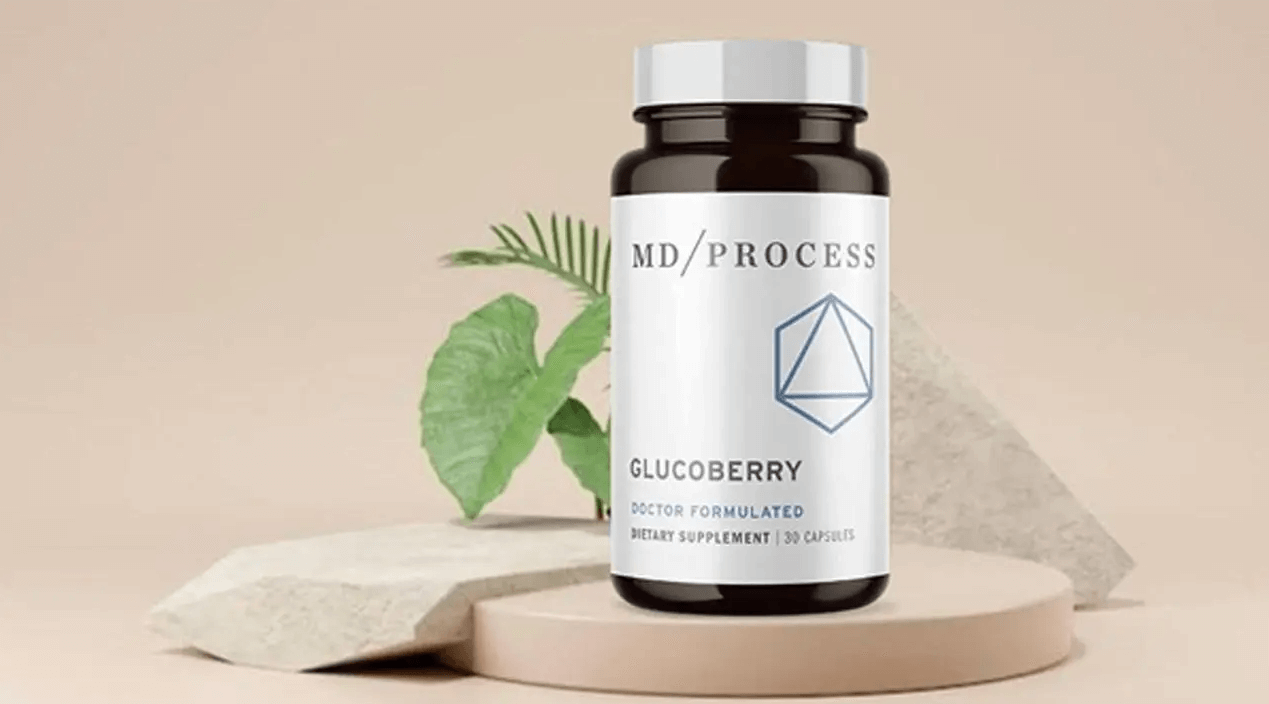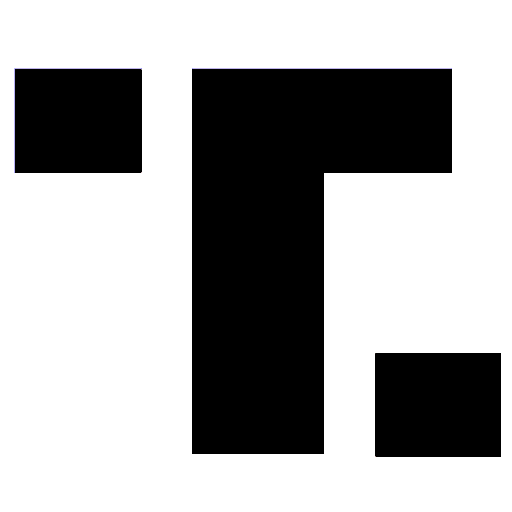23 hours ago
Save articles for later
Add articles to your saved list and come back to them any time.
Five years ago on a hard court in Madrid, Jordan Thompson, Australia’s then fourth-ranked player, was in a practice session with Nick Kyrgios, then Australia’s No. 2, in preparation for a Davis Cup tie.
Kyrgios, a prodigiously talented player known, in part, for his unearthly ability to serve at speeds of up to 230km/h, was sending down rockets – one after the other – at Thompson, and Thompson’s frustration was clearly beginning to boil. There’s video footage of this on YouTube and Thompson is barely moving as the Kyrgios serve keeps whizzing past him; until, at one point, Thompson finally gets the edge of his racquet to a serve, only to net the return.
“F--- my life,” he explodes, and you’d be forgiven for thinking that here was a man possibly in the midst of both a professional and personal meltdown.
Thompson laughs about this now because that was five years ago and, yes, the Kyrgios serve was unplayable, but that was not the full story of what happened that day in Madrid. “That video on YouTube was a bit of a stitch- up,” he tells Good Weekend now, in his favourite cafe in the Hills District of Sydney, where he grew up.
“We were playing first to 11 points,” the Florida-based Australian continues, “Nick serving the whole time, and I was actually up 9-1 and then he probably hit nine or 10 aces in a row. I was up by so much and then didn’t even touch his serve. And I thought by the end of it, ‘F--- this.’ Like, ‘How the f--- have I lost this?’ ”
But “f--- my life” suggests something else?
Thompson (laughing): “Yeah.”
It suggests it wasn’t a good year or a good time in his life?
Thompson (more laughter): “That year was a very good year on court, maybe not so good off the court. You know, my girlfriend broke up with me ... that was probably halfway through the year. It was kind of lingering on.
“Me and Nick ... he was having a few troubles that year as well and we were hanging out together a lot and I just got to a practice session and thought, ‘F---, I’m over this.’ But it was all in good spirits ... kind of.”
Today, Jordan Thompson is Australia’s No. 3 singles player (behind Alex de Minaur and Alexei Popyrin) and No. 1 doubles player, so it’s a good thing he got over that practice session, and an even better thing he didn’t get over tennis more generally, considering what was to come. Not only did he win the US Open doubles final this past year with fellow Australian Max Purcell, the first all-Australian men’s doubles team to do so in 28 years, he also began to prove himself an uncommonly gifted singles player, taking out world No. 7, Poland’s Hubert Hurkacz, at the same tournament a few days earlier. It was his biggest win ever against a top 10 player in a grand slam event.
‘We actually speak about that week [in March 2023], when things started to turn.’
Not that this bearded, becapped Sydneysider from a tennis-loving family hadn’t previously shown what he was capable of. Back in 2017 – ranked 90 in the world – he’d stunned the tennis world by defeating Andy Murray, the then reigning Wimbledon champion and world No. 1, in straight sets at the Queens Club Championship grass court tournament. In doing so, he became the first player since Roger Federer to win every service game against Murray for an entire match.
“Not many guys even get the chance to play a world No. 1,” Thompson says now, clearly relishing the memory. “And many of them don’t beat them, [so] for me to do it first time, I think that’s probably going to make it my most memorable match.”
As stunning as that victory over Murray was in 2017, it would be years until Jordan Thompson’s full promise began to consistently reveal itself, notwithstanding “the good year on court” he had in 2019.
But reveal itself it has. Fast-forward six years to the Indian Wells Masters 1000 tournament in California in 2023, and there he is defeating one of the sport’s greatest entertainers, Frenchman Gaël Monfils, a former world No. 6, in straight sets. Two days later, he’s repeating this giant-killing performance by triumphing over Greek superstar Stefanos Tsitsipas, then world No. 3.
“We actually speak about that week [in March 2023],” Thompson says now, “where things started to turn.”
Three months later, Thompson played his way into the final of the Dutch grass-court tournament in ’s-Hertogenbosch, where he’d lost in the final four years earlier. He came up short again, this time after being ahead in the deciding set. It was an anguished, hard-to-erase moment that could have destroyed a less resilient player.
“I remember losing the match point,” he says, “and I looked over at [my coach] Marinko [Matosevic] and just shaking my head, thinking, ‘That could have been my opportunity.’ And you never know when you’re going to be in a final again.
“I was just looking over and I was like, ‘I hope this isn’t the only chance I get.’ And, [Marinko] said to me, ‘You’ll get another chance.’ And sure enough, I got another [chance] the following year.”
Born and raised in Sydney to tennis-obsessed parents, Karen and Stephen, Thompson made his professional debut in 2013 as a 19-year-old, finishing his first year on the ATP circuit ranked 320 in the world. Possessed of the same never-say-die attitude as his tennis idol Lleyton Hewitt, he was clearly an outstanding athlete, but without any obvious weapons in his arsenal.
By the northern hemisphere spring of 2023, however, all that seemed to have changed. At 29, he had a new coach in Marinko Matosevic and a seemingly endless repertoire of shot-making skills that had transformed him into an all-court player, capable of matching it with the best in the world. Consistently.
His serve had new variety, kick and precision. His forehand was a penetrating and dangerous piece of artillery. His net coverage was quite something to behold; so, too, his smashes and baseline play; plus, he had speed around the court almost rivalling that of his younger childhood friend, Alex de Minaur.
“I always got told that my best tennis would be around 28 onwards,” Thompson says now. “That was from a few former players ... one of them [being] Wally Masur [former world No. 15 and Australian Davis Cup team captain].” In October 2023, Thompson showed again what he could do when he beat German Alexander Zverev in the first round of the Japan Open in straight sets. Zverev was then ranked No. 9 in the world.
Thompson then fell to American Ben Shelton in the following round, but his confidence was up by the time he returned to Australia to compete in the 2024 Brisbane International, a tournament immediately preceding the Australian Open.
As the gods of tennis would divine it, he found himself up against Rafael Nadal in the quarter-finals, in a match that would prove one for the ages, not to mention one of Nadal’s last before announcing his retirement.
Imagine the scene – at least from Jordan Thompson’s perspective: the Patrick Rafter arena (inside the Queensland Tennis Centre) is packed to capacity with home-grown support; but there, on the other side of the net, is the universally loved Spanish, 22-time grand slam champion who has beaten you in your only two previous encounters, one a complete thrashing at the French Open.

Nadal congratulates Thompson after the Australian’s victory in Brisbane last year.Credit: Getty Images
Ask Thompson now about this and he says, “As tennis players, I don’t feel like you really get the chance to take in exactly what’s happening. I mean, I probably would have been 10 or 11 years old when Rafa won his first grand slam. And I was watching him on the TV and I thought, ‘This guy is one of my favourite players.’ And he’s won 14 French Opens.
“So fast-forward and here I am playing on centre court in Brisbane in a quarter-final on a Friday night ... and until I’m saying [this] now, I don’t think I realised what was actually happening because I was just focused on playing another tennis match, no matter who it was against.”
Nadal won a tight first set 7-5, before Thompson miraculously saved three match points to win the second set 7-6 (8-6) with a stunning baseline smash that brought the crowd to its feet. “Put the kettle on, we’re going the distance,” the commentator called, until, finally, after a three-hour, 25-minute marathon match, Thompson prevailed to rapturous applause.
“We’d probably just played a 50-shot rally,” Thompson reflects now on that historic victory. “[There were] train horns going off [in the background], we’d been playing for three-and-a-half hours. I probably couldn’t even remember my own name at that point, but I just remember he [Nadal] crossed to my side of the net and sort of embraced me and said, ‘Good luck and great match.’ You know, humble as always. [And] I think maybe I just said, ‘Great match and thank you.’ ”
It was the beginning of an extraordinary year that would continue in even more extraordinary fashion the following month on the southern tip of Mexico’s Baja California peninsula.
The late great American writer David Foster Wallace once wrote that “the realities of the men’s professional-tennis tour bear about as much resemblance to the lush finals [we] see on TV as a slaughterhouse does to a well-presented cut of restaurant sirloin.”
After years of grinding away on the ATP Tour – as both a singles and doubles player – Jordan Thompson arrived in the Mexican resort town of Los Cabos in February 2024 to compete for both the singles and doubles titles. (Two weeks earlier, Thompson and fellow Australian Max Purcell had won the doubles title at the Dallas Open.)

Thompson after beating Alexander Zverev in the semi-final of the Los Cabos Open last year.Credit: REUTERS
Looking back on that tournament in Los Cabos now, nearly a year later, it still beggars belief what Thompson was able to achieve. Take his quarter-final singles match against American teenager Alex Michelsen, where he inexplicably fought back from a 0-6, 1-4 deficit to win in three sets, surviving three match points in the process.
He then went on to defeat – once again – top seed Alexander Zverev in an epic three-set semi-final, taking three hours and 40 minutes: the longest match in the tournament’s history. And, yes, he took seven agonising match points to do it.
The following evening, he defeated Norwegian Casper Ruud, then world No. 12, in the final to claim his first ATP singles title. “I’m nearly 30 and lifting a trophy, I never thought I’d do that,” he said after that victory, perhaps forgetting the prescient words of Wally Masur years earlier.

Winning the 2024 Los Cabos Open – his first ATP singles title.Credit: REUTERS
After securing his maiden singles title around 11pm, Thompson had a quick shower, then returned to the court to play the doubles semi-final, which he and Purcell won in straight sets.
This was followed by another shower, a quick massage, and then out again (who schedules these tournaments, anyway?) for the doubles final, which they also won ... at the ungodly hour of 3am local time.
In other words, in the space of 26 energy-sapping hours, Thompson had won four matches and become the only player to win both singles and doubles titles at the same ATP tour event in 2024, repeating a feat his friend Nick Kyrgios had achieved two years earlier in Washington, DC.
Asked after his singles and doubles victories how he was going to celebrate, he replied, “by going to bed”.
“I think I got to bed at 6am,” he tells Good Weekend now. “And then I had to travel to the next tournament in Acapulco at around 8am, so I probably slept not even two hours.”

Thompson celebrating a victory at Los Cabos. After winning the singles, he later went on to win the doubles with Aussie partner Max Purcell.Credit: REUTERS
From Los Cabos, the year only seemed to get better. In April 2024, he and Purcell won the US Clay Court Championship. The following month, he and American Sebastian Korda won the Madrid Open. By July, Thompson was back playing doubles with Purcell and the two reached the Wimbledon doubles final, only to suffer a heartbreaking three-set loss, after holding three championship points in the second set.
Two months later, the pair avenged that loss by becoming the first all-Australian team in 28 years to win the US Open men’s doubles final, the last time being in 1996 when the legendary Woodies [Mark Woodforde and Todd Woodbridge] won the title.
‘When I’m returning in doubles, I’ve got to return to a target. So it just helps the singles returns because I feel like I’ve got an ocean of space to hit it into.’
That was September 2024 and, by this stage, Jordan Thompson had become Australia’s No. 1 doubles player – and fifth-ranked doubles player in the world – as well as achieved a career-high singles ranking of 26.
“It’s a great year on court for me,” Thompson explained after these victories, “and I played so many matches, singles and doubles, you know, career-high [ranking] in both, but I think one’s helping the other. When I’m at the net in doubles, I feel like my volleys are getting better in singles. And when I’m returning in doubles, you know, I’ve got to return to a target. So it just helps the singles returns because I feel like I’ve got an ocean of space to hit it into … it’s just practice all-around for both.”

Winning the 2024 US Open men’s doubles with Max Purcell – the first all-Australian team in 28 years to do so.Credit: Getty Images
And this was all before Thompson was named player of the year at the 2024 Tennis NSW Awards in October, one month before Thompson and Purcell once again made history by becoming the first all-Australian doubles pair to get through to the semis of the ATP Finals this century. (The Woodies last achieved that feat back in 1999.)
Five years ago, Thompson was cursing his life during a practice session with Nick Kyrgios but since then, he has managed to beat some of the top players in the world – in both singles and doubles. At 30 years of age, he is now playing his best tennis.
When Thompson took Rafael Nadal to that third-set decider last year in Brisbane, the commentator told viewers to “Put the kettle on, we’re going the distance.” That could well prove to be the perfect summation of Jordan Thompson’s wonderful, late-blooming career.







